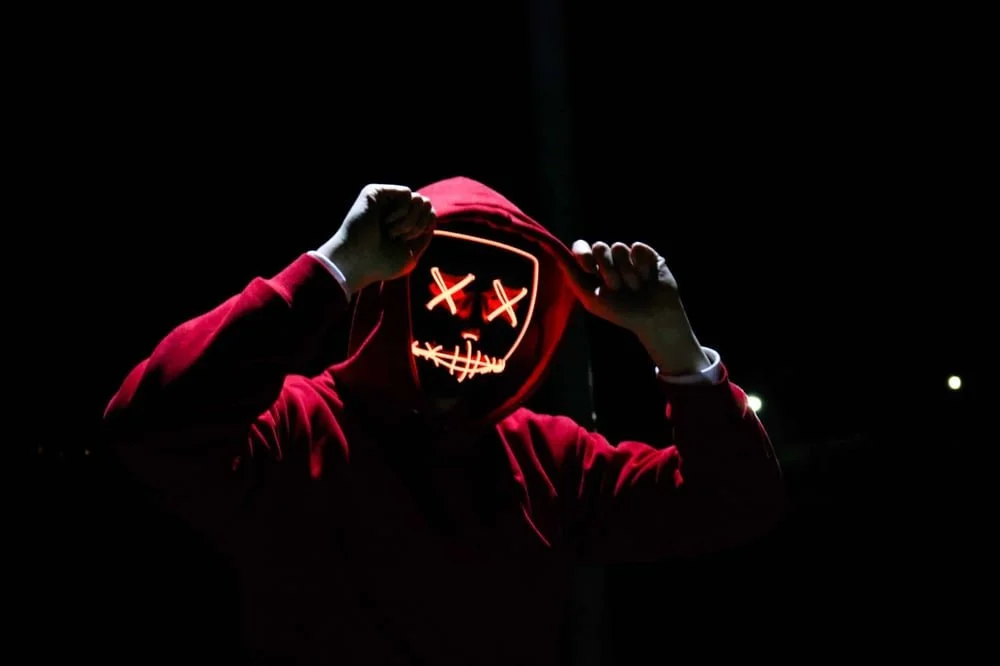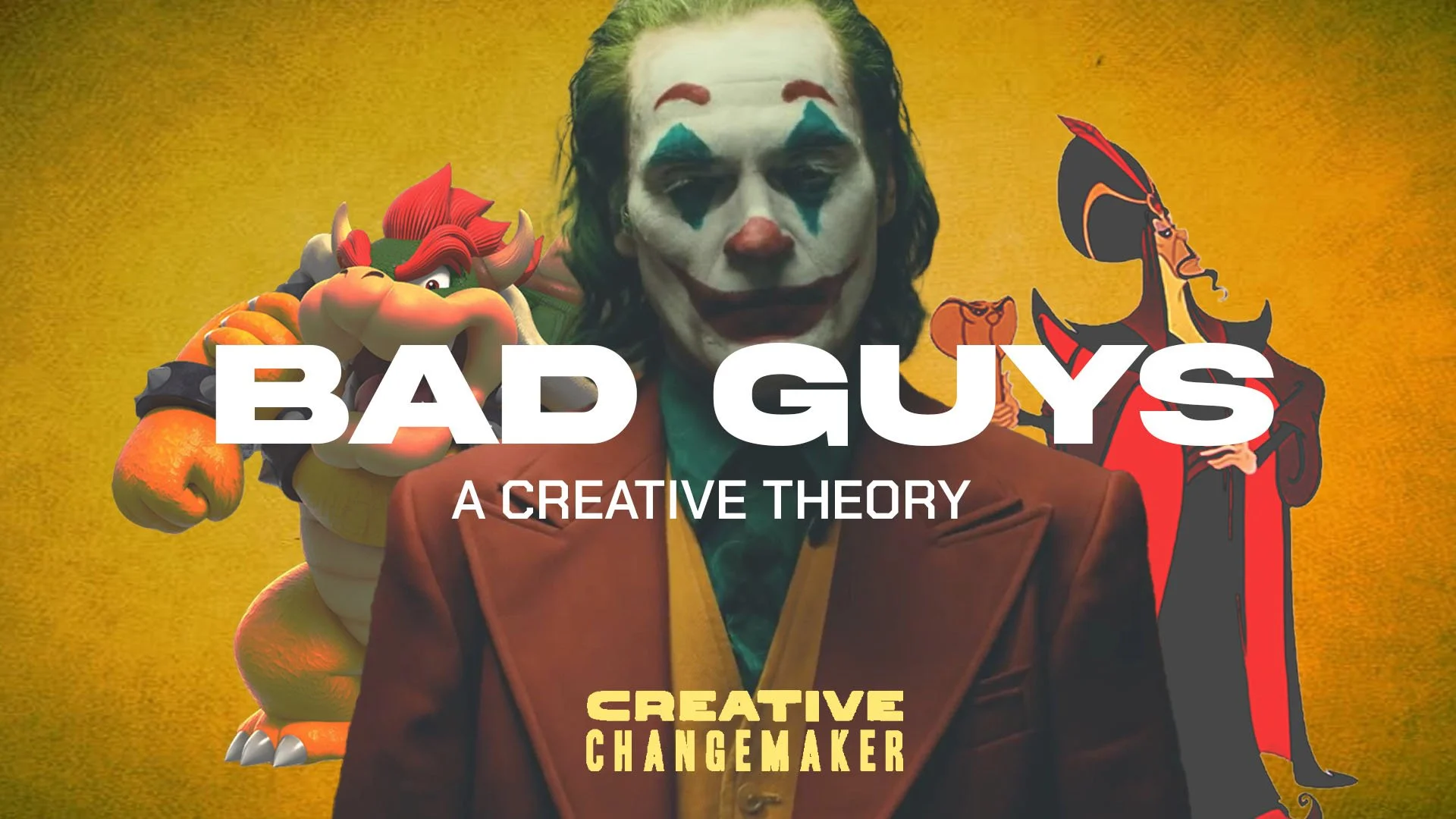A theory of what makes for memorable villains
I grew up in a good era for bad guys.
Between the Disney villains of the 90’s, the Arkham Asylum bunch in Batman The Animated Series, and the constant persistence of Team Rocket, it seemed like a good time for bad. No doubt these antagonists added life into many of the stories I grew up with.
Over time, villains have gotten deemphasized in storytelling, both for kids and adults. In some ways that reflects a lot of growth, thinking of evil aim relation to actions and choices rather than as a binary where some people are just bad and others aren’t. Many recent Disney and Pixar entries have skipped having a bad guy all together.
That said, there is something satisfying about a good bad guy.
As someone fond of villains, and especially the villain song in musical entries, here are a few things I’ve learned about antagonism in storytelling.
I share my theory of great villains in my latest Creative Changemaker. Check it out here:
The biggest bad doesn’t have to be a human.
Sometimes it’s better when it isn’t one.
By that I don’t just mean a villain can also be an lion like Scar or a ghost or something. Villains don’t always need to be embodied in a character.
In fact, even if you are going to have a traditional villain, it’s helpful if there’s an even bigger evil that is simply made observable through the choices and actions of that character.
For example, in the Batman The Animated Series episode Heart of Ice, which won an Emmy for giving us the backstory of Mr. Freeze, which was actually really tragic. While Mr. Freeze is of course a classic villain, the actual force for evil was his internalized bitterness.
In a lot of really well told stories, there’s more focus on showing the harms done of a character deficit or the toxicity of a particular evil in the world than creating a character who’s bad just cause they’re bad.
Thinking in these terms is particularly helpful since a lot of my storytelling work is applied to campaigns and nonprofit work. An environmental nonprofit doesn’t necessarily need to reintroduce cartoonish polluters from old Captain Planet episodes to effectively work with villains. They simply need to pick something like overconsumption or separation as a big baddie to rally against.
A great antagonist has a decision-making journey running parallel to the hero…
with a big decision taking diverging courses, showing us the difference in consequence.
That was a mouthful but lemme try to explain my biggest theory around well written villain plots.
Often heroes and villains face a similar struggle. They just make one big decision different from one another that entrenches one as a hero and the other as opposite.
Big Hero 6 is perhaps my favorite example of this. Both the main character and main villain are faced with grief. However, while one processes his grief and learns to let go of things that helped him along the way, the other becomes fixated on reversing tragedy.
The Aaron Burr - Alexander Hamilton foils also illustrate this really well, where one learns to hold ambition a little more loosely and the other clings on more firmly.
I see this pattern repeated so consistently I’ve learned to start looking for it across different stories I come across. Whenever there’s a character who plays a clear antagonist, it’s there.
The closer a villain comes to winning, the more impressive the story.
Of course, right?
It’s part of what made Infinity War so memorable. The bad guy won in a way that seemed so permanent and we had to wait a full year to figure out where things
Even though we recognize the value this brings to our stories, it’s often hard for us to go there as storytellers and as humans.
Maybe it’s because we fall in love with our characters a bit and want to minimize their suffering?
Maybe because in real life we wish our moral victories could arrive in a more linear fashion, with no backlash or regression.
But I often remember that conflict is what drives a story, and in real life, being conflict averse is often unhealthy.
Storytelling has helped me appreciate the value of conflict in real life relationships. It’s not something to be feared, and it’s an opportunity to drive the relationship further forward.
Likewise, being more open to conflict in real life has made me a better storyteller. Conflict, when done well, can strengthen the fibers of a relationship, both at an individual and macro level.
The art of a compelling villain is more sophisticated that many realize. But at some level we probably recognize that there’s something special about a well crafted antagonist. We celebrate the ones that we love to hate.





